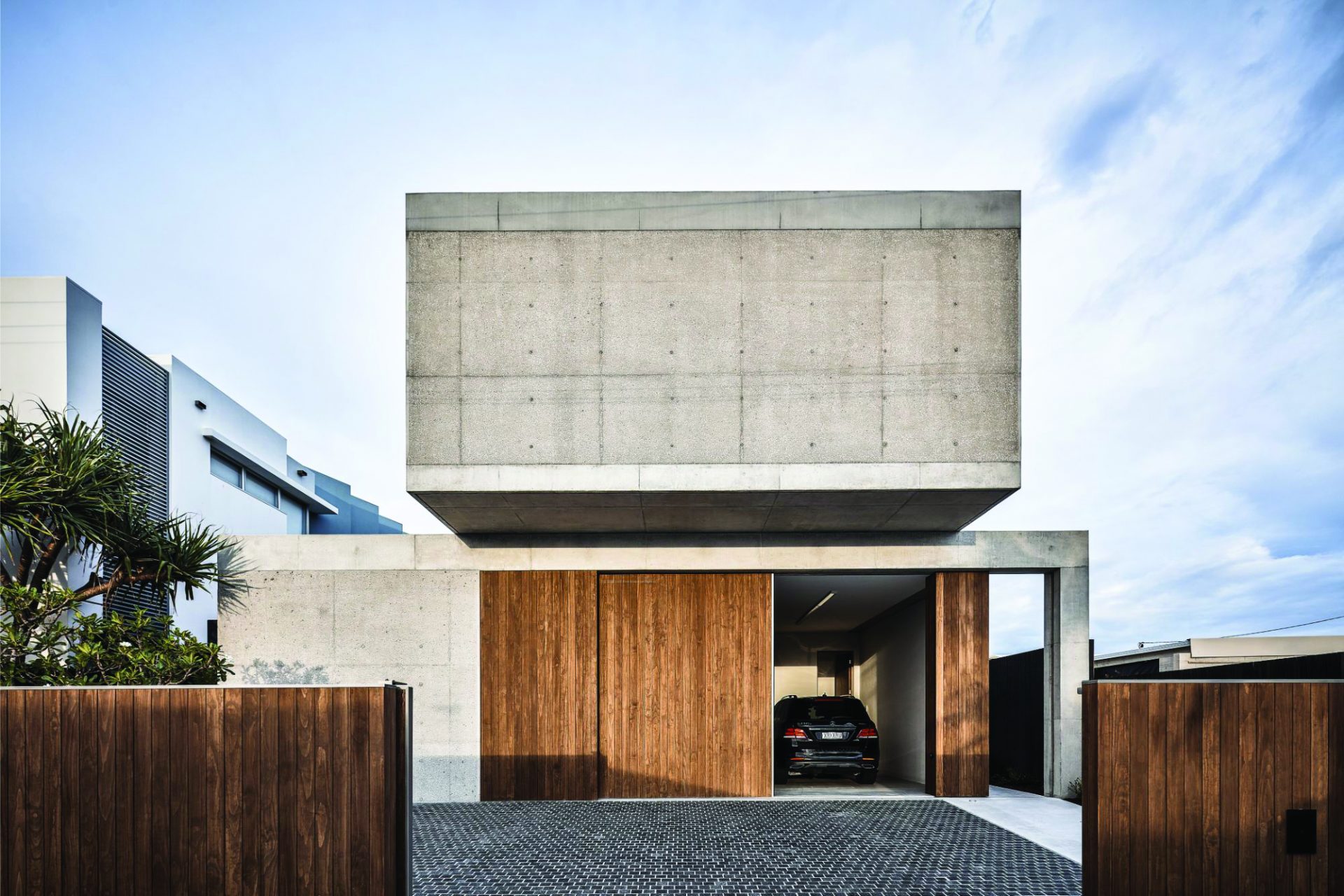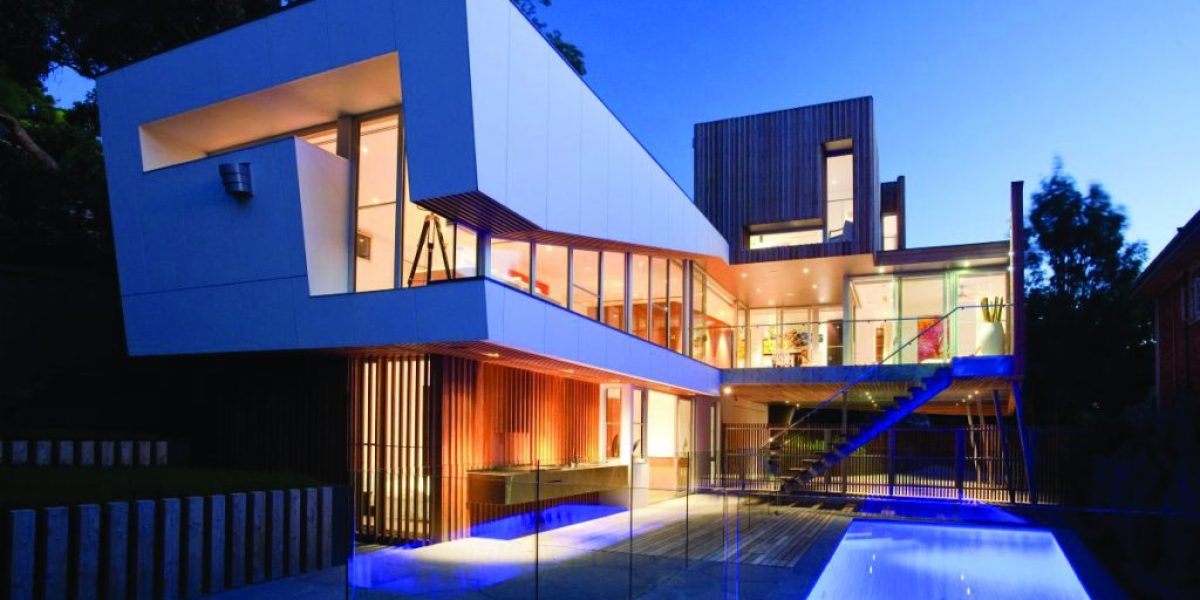Building A House: Which Option Is Right For You?
You have a plot of land and have no doubt spent many hours, months or years thumbing the glossies and googling houses on the Internet. You may even have a scrapbook bursting with images of large windows and expansive views to bathroom vanities.
Somewhere along the line you have probably thought about budget and likely received all kinds of confusing advice and figures.
The beauty of embarking on a creative process is that it is always full of optimism at the start. It’s not just owners, but professionals too who are guilty of setting unrealistic expectations.
The Standish Group, which analyses IT projects found that actual costs averaged 1.56x the original budget and took 1.84x as long to complete. It’s not too dissimilar to the construction industry’s rule of thumb for architectural house projects “just double the budget and double your time expectations and you’ll be right!”. When it comes to costs and timescales on residential build projects, construction and IT projects have much in common.
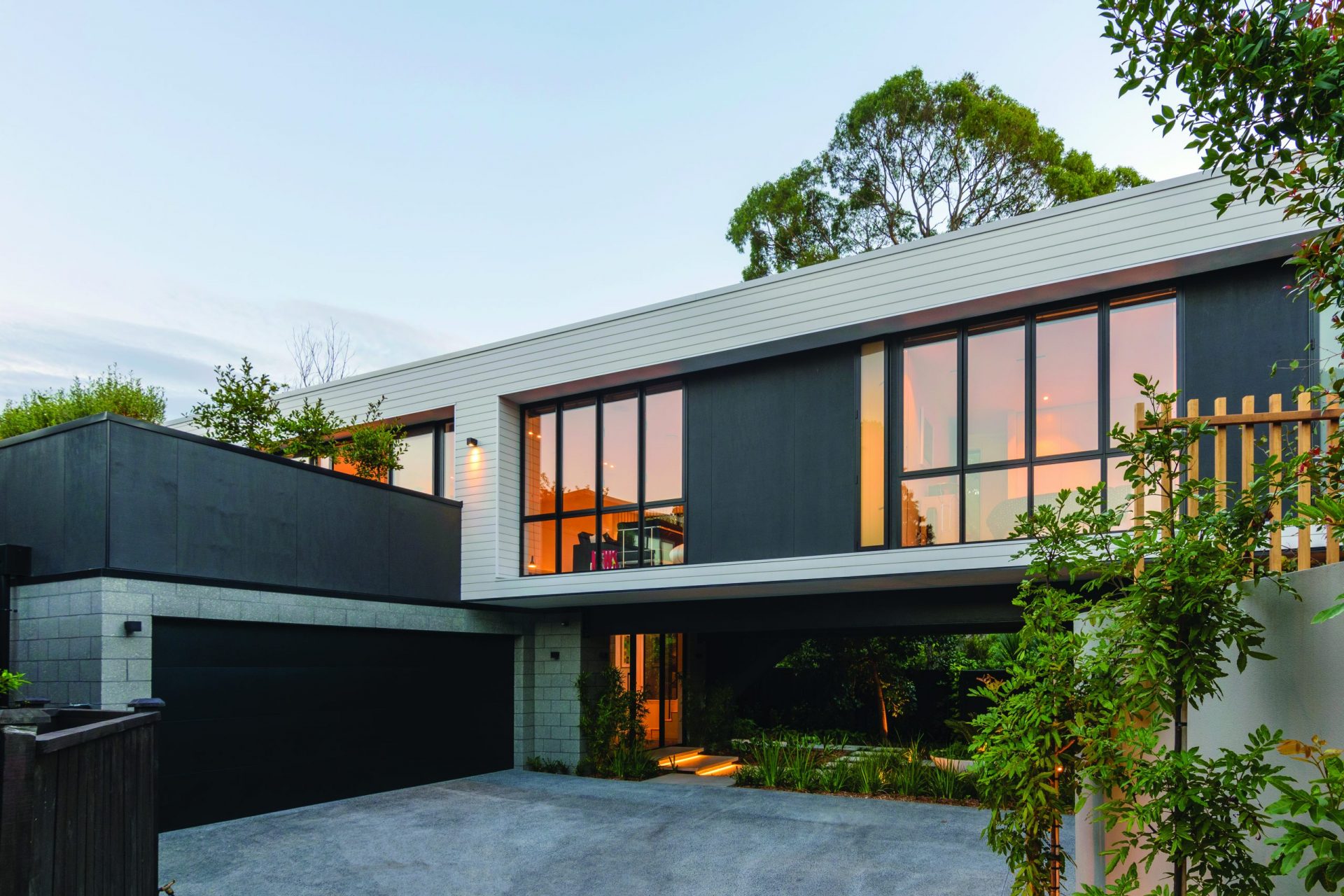
One good reason for this is a thing called ‘optimism bias’. No bridge too far, no mountain too high…. And the desire to make the next project the best: “this one will be more efficient, better designed and cheaper than anything we’ve done before!”
There is also the darker side – the self-serving bias. Many companies and individuals, both knowingly and unknowingly, will be overly optimistic with the numbers in order to win the project.
So how do you give your project the best chance of success? Your decision on how to go about designing and building will be based on what is most important to you, so let’s look at the different options:
1. Architect
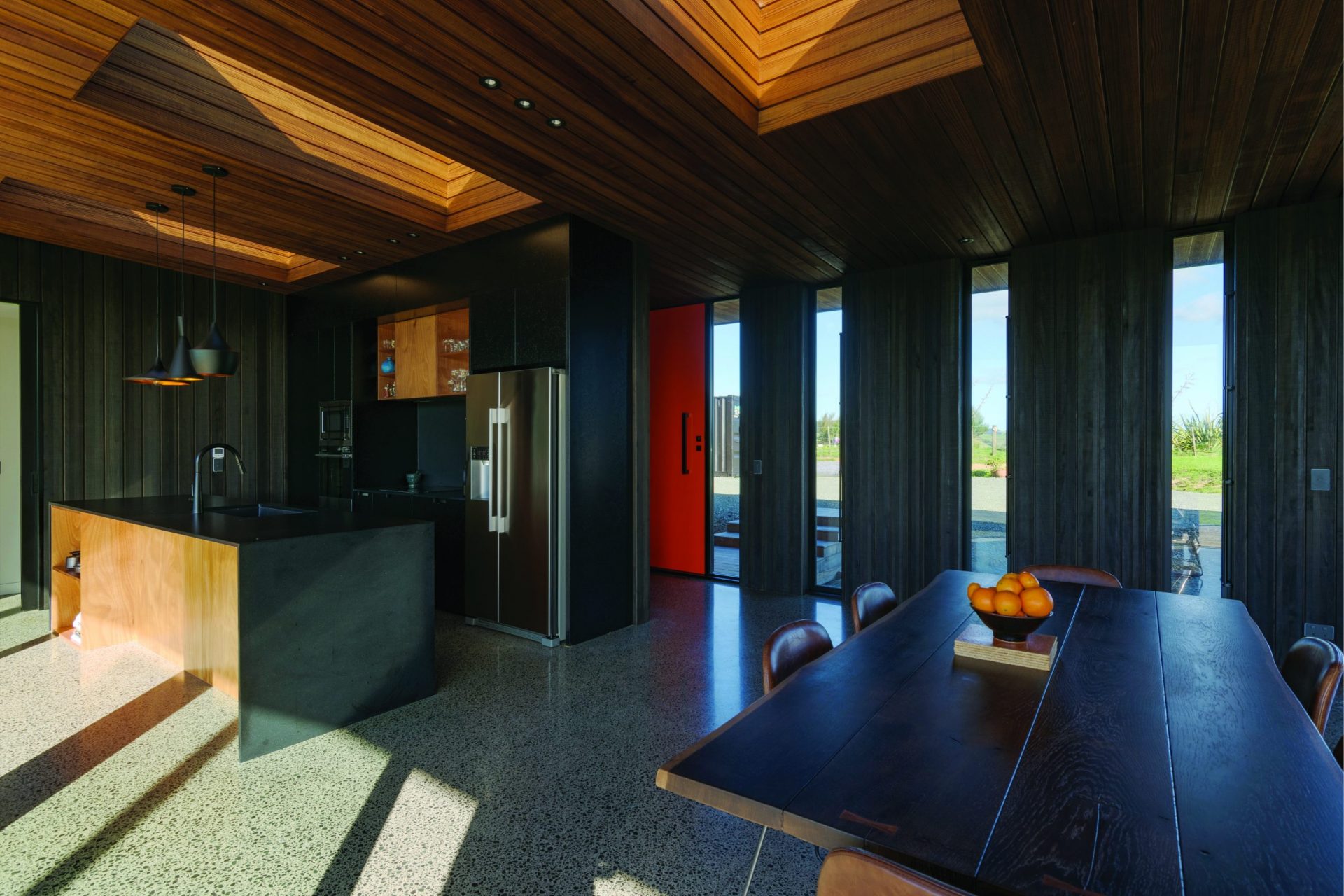
Almost everyone aspires to have their home designed by an architect to resemble the homes in the magazines. The architect facilitates the process from design through to construction. Architects are required to go through a formal registration process which requires them to demonstrate competence across a number of skills, adhere to a code of conduct and ethics and show that they are continually learning in order to maintain their status as a registered architect.
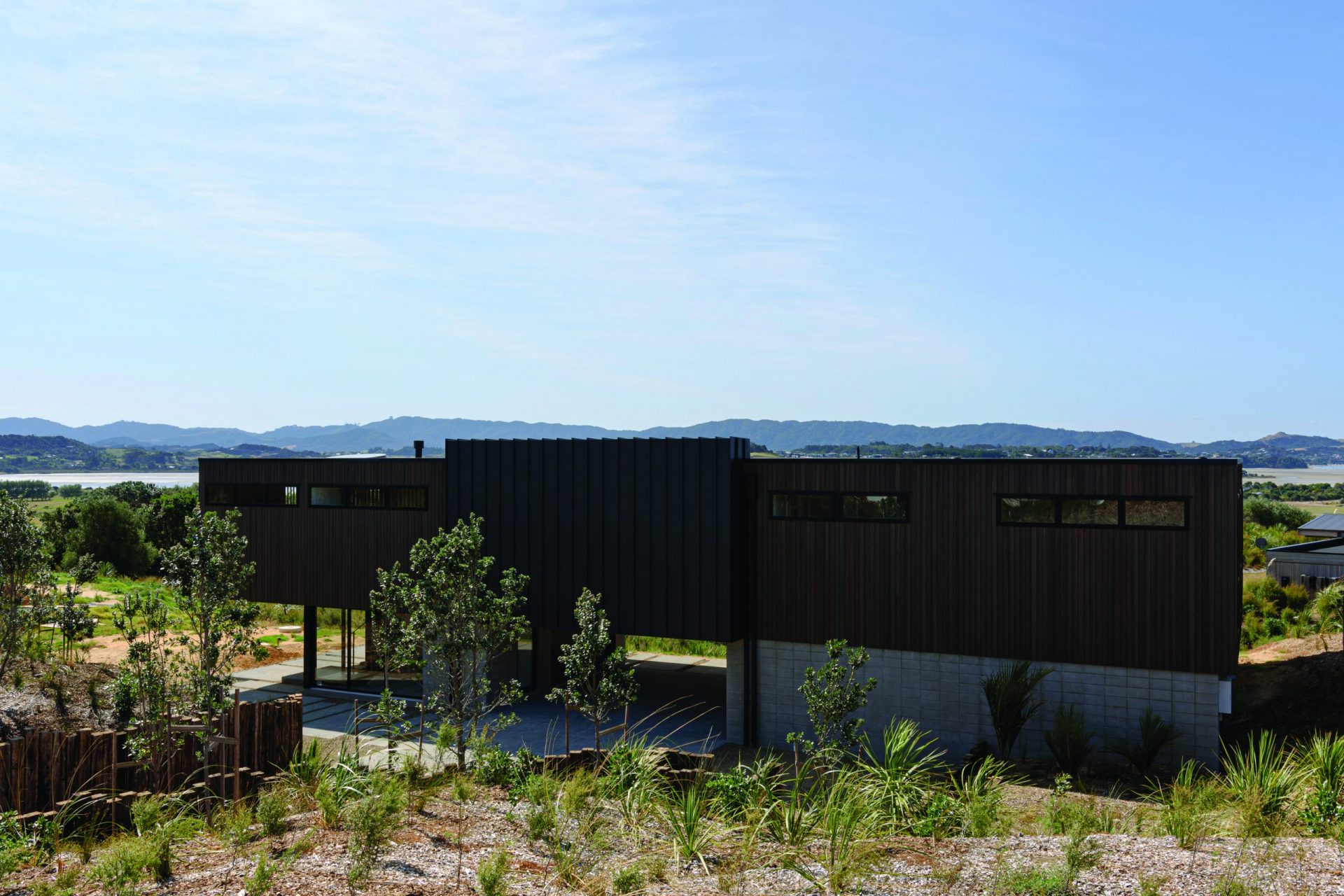
With an architect you will get an individually designed, detailed and crafted product with a price-tag to match. This is why unfortunately, architects are involved in less than 3% of house projects, and also why there is usually less certainty and more cost overruns – after all, this is a prototype, never-been-built before house. There is often criticism that architects confuse architecture with art, which is why the field of architecture, particularly with one-off residential homes, is particularly expensive and marginalised. That said, if you are able to create a great relationship and trust with your architect, that can lay the foundation for a very successful project.
2. Designer
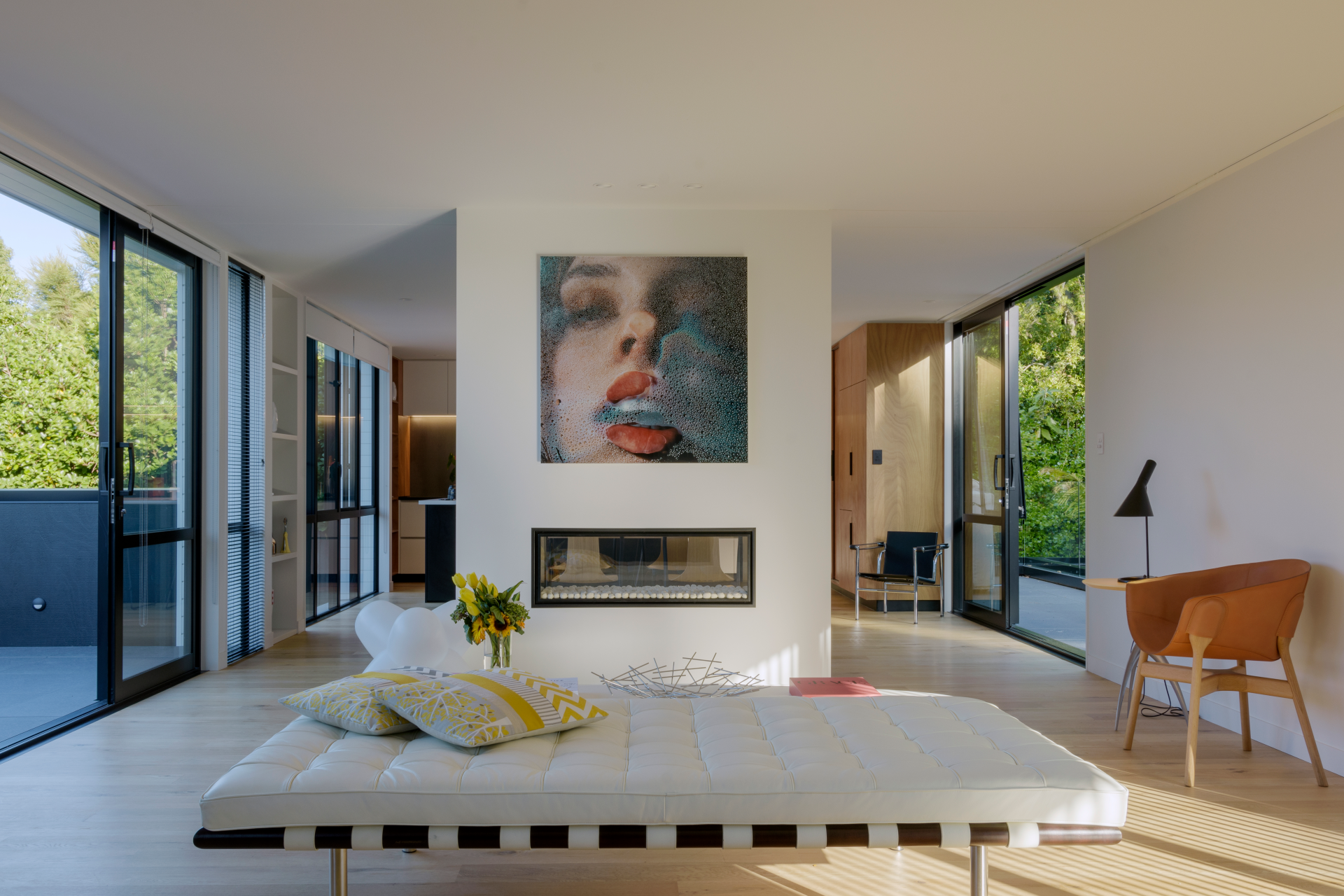
Very similar to the Architect, except designers don’t have an Architectural accreditation. This does not mean that the designer is any less competent – there are many outstanding and highly successful designers. There are many reasons why they are not registered as architects, and designers can be just as competent as architects. However, they are not always bound by a code of conduct and ethics in the same way architects are, and do not require continual learning in order to maintain their status. Their fees are lower than architects but the same issues apply: your are designing a unique house with the costs and risks associated with it.
3. Volume House Builder (Design & Build)
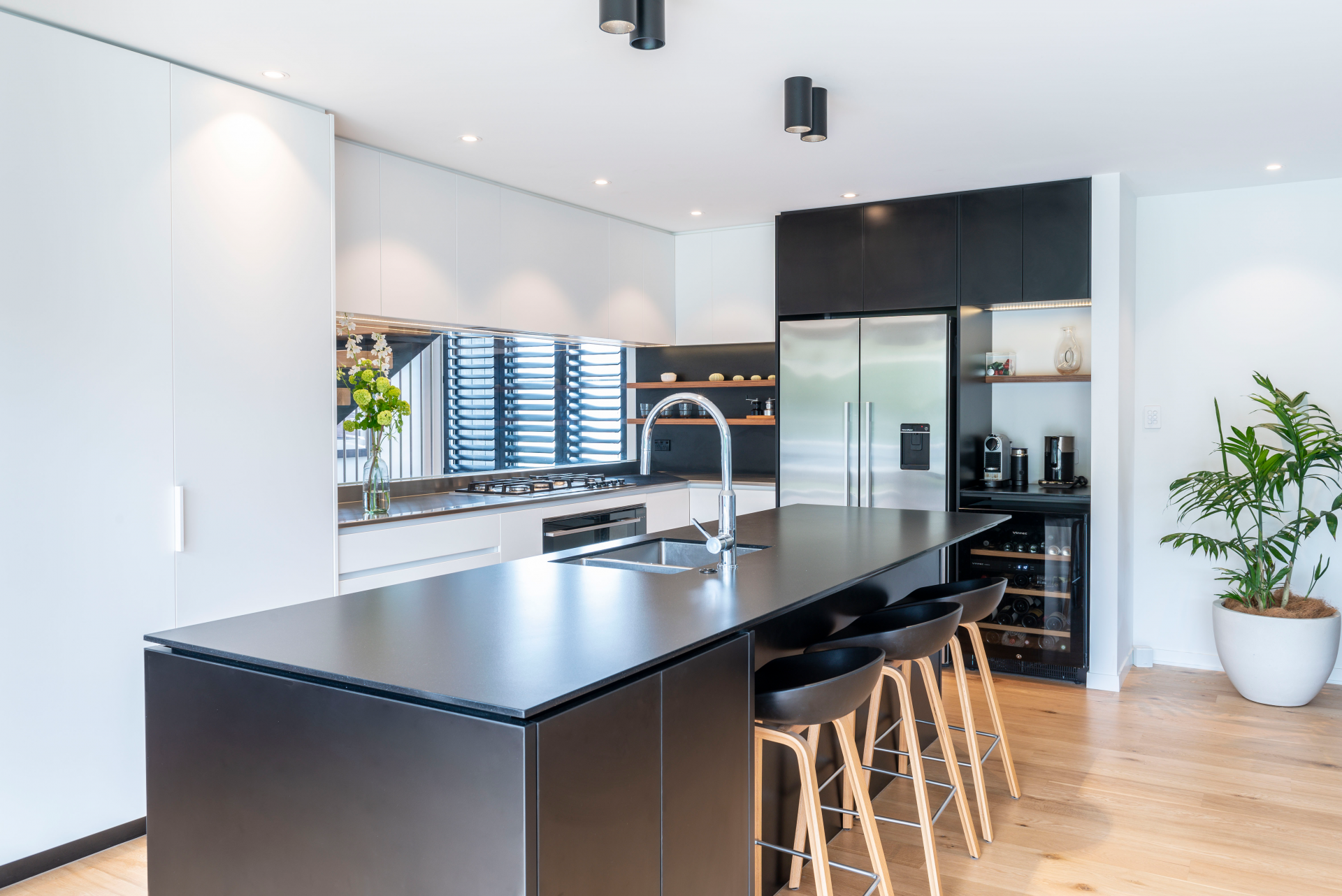
Design and Build companies are essentially construction companies who offer a front-end design service. They are focussed on optimising and reducing the cost of construction, with the design usually coming second. These companies are often very strong on the construction side and have captured the medium to low end of the market where people are sensitive to price. They will have nice show-homes, a well-oiled sales machine and the best thing is that you will have a very good idea of what you will get before you dive in and spend money. Buyer beware – changes that you make will be expensive and the price that lures you in may not be the specification that you expect.
This is the most common way of building in New Zealand since it offers more certainty at lower cost. The compromise you make will often be in the quality of the design and the range of materials or finishing.
4. Integrated Design and Construction Companies
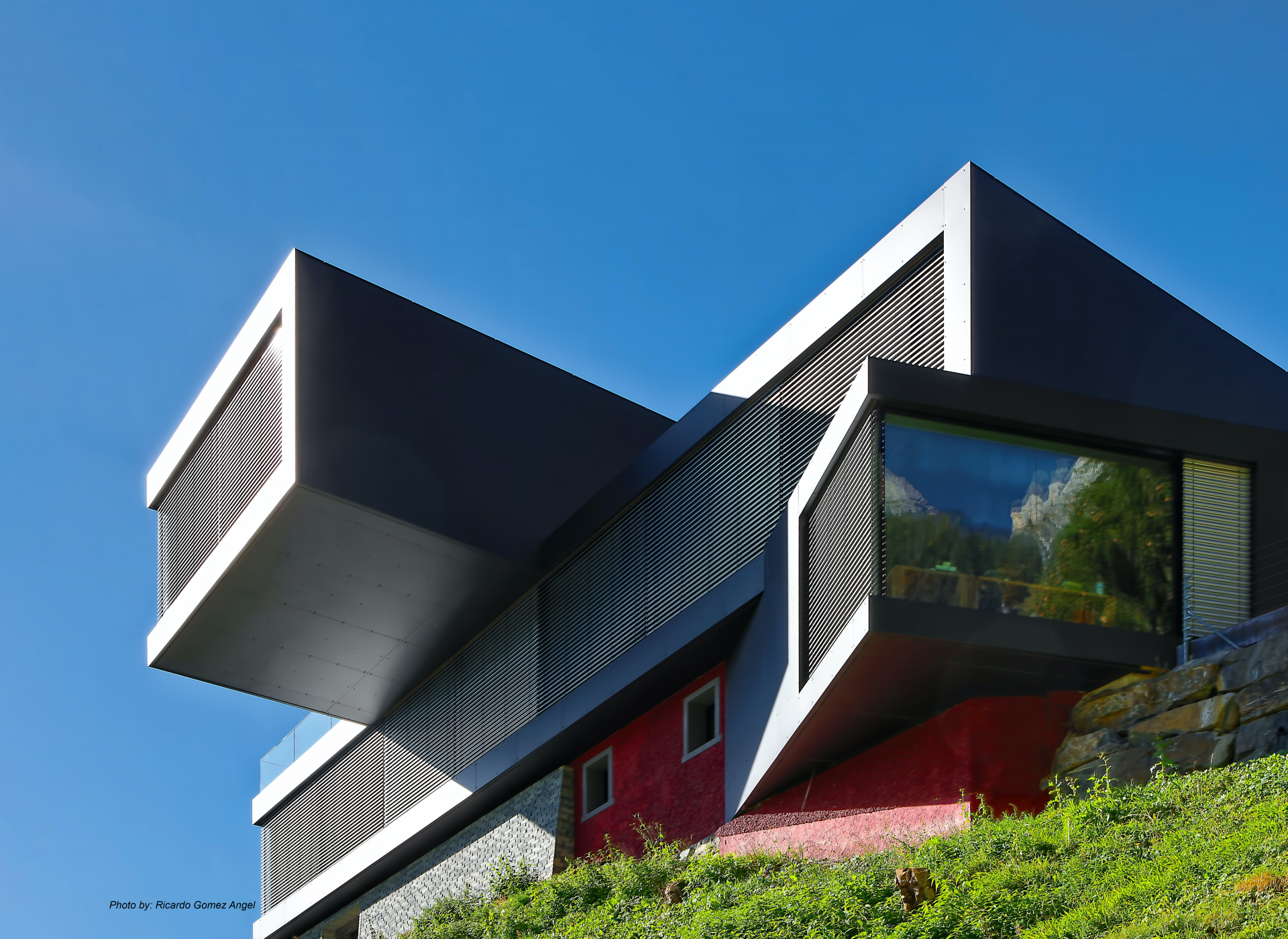
There are few of these one-stop-shop companies because it requires good collaboration between architects/designers and builders – something that does not come naturally to the industry! Usually, you will deal with the design side of the company during the design stage and have construction and costing input from Day 1. Design, costing and build teams all sit together, so collaborating on projects happens more effectively. It ensures a good balance between great design and pragmatic or cost-effective construction. The other benefit is that costs are discovered early in the process and there is only one company to point the finger at!
These companies are more geared towards design, so they really are a ‘half-way house’ between the volume builders and the architects. There is less certainty than with a house builder, but the process generally runs faster and smoother than with an architect since all the skills from costing through to construction are in-house.
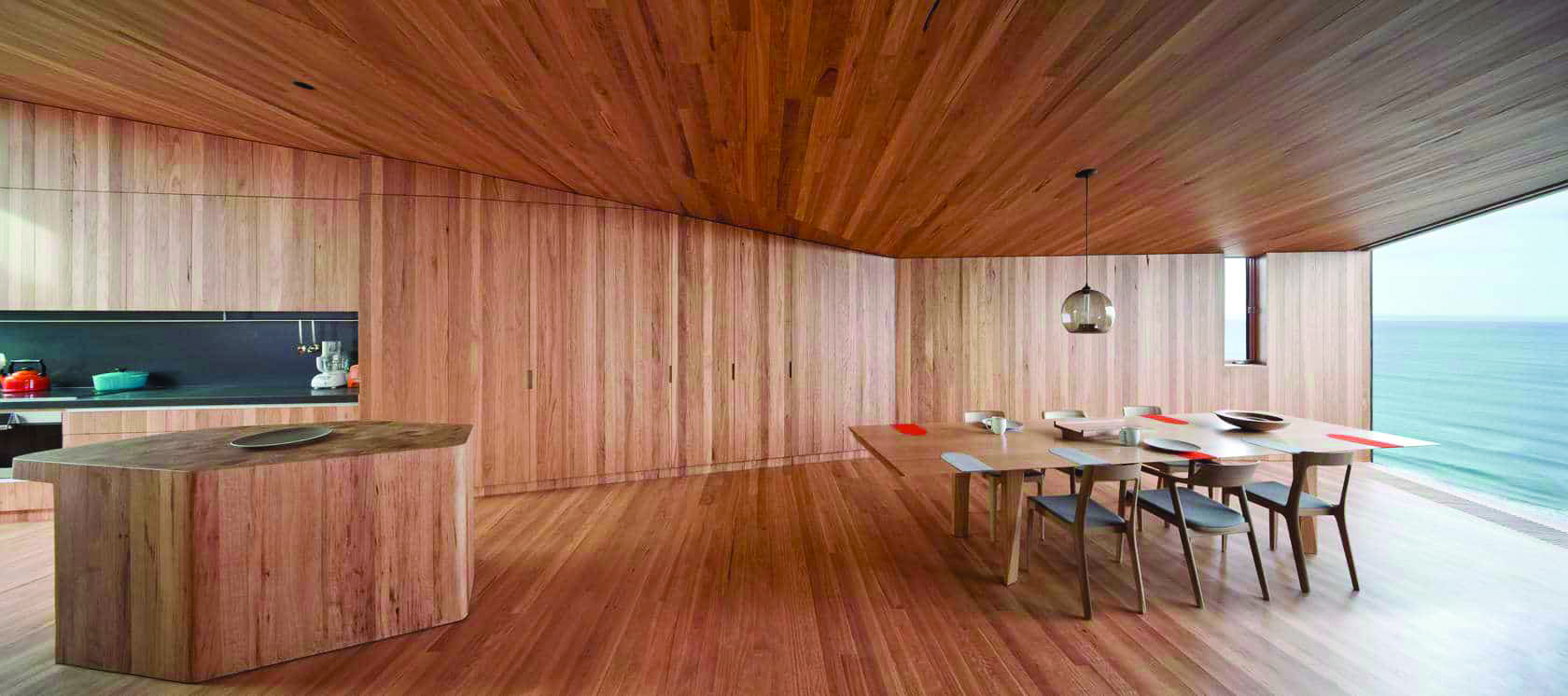
Companies like Box™ are architects and Registered Master Builders, so you get the architectural experience with more of the cost certainty.
5. Owner-Managed Build
This happens when the owner gets an architect or designer to produce the plans and then decides, for various reasons, that they want to organise and run the construction project themselves. If you have not done this before it is not recommended, unless you have been through a construction project before, are able to go to site at the drop of a hat and are prepared to wear the cost of resolving issues that your lack of experience was not able to foresee.
